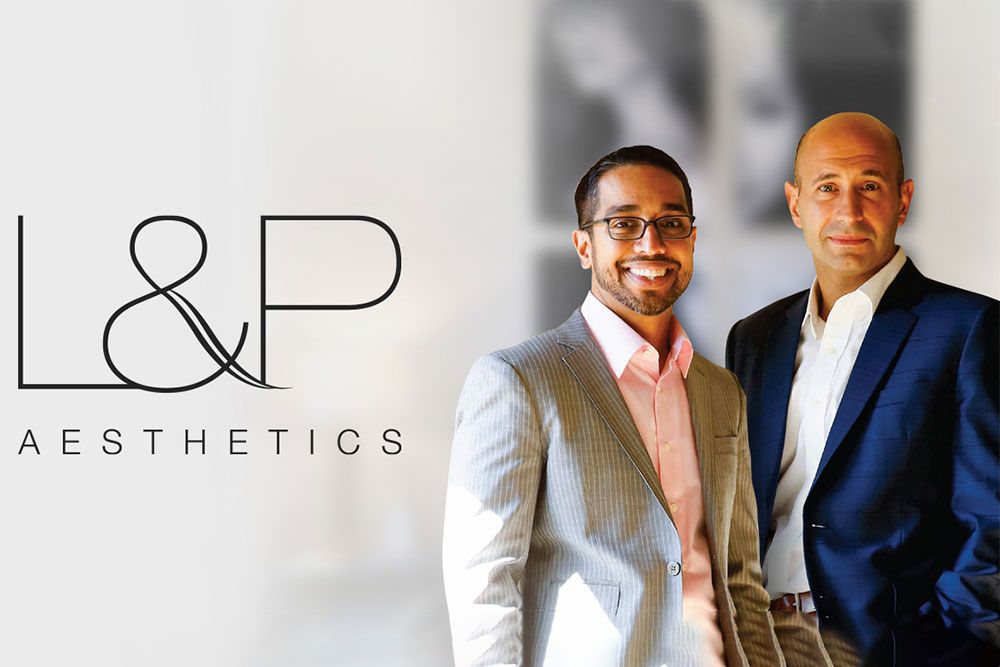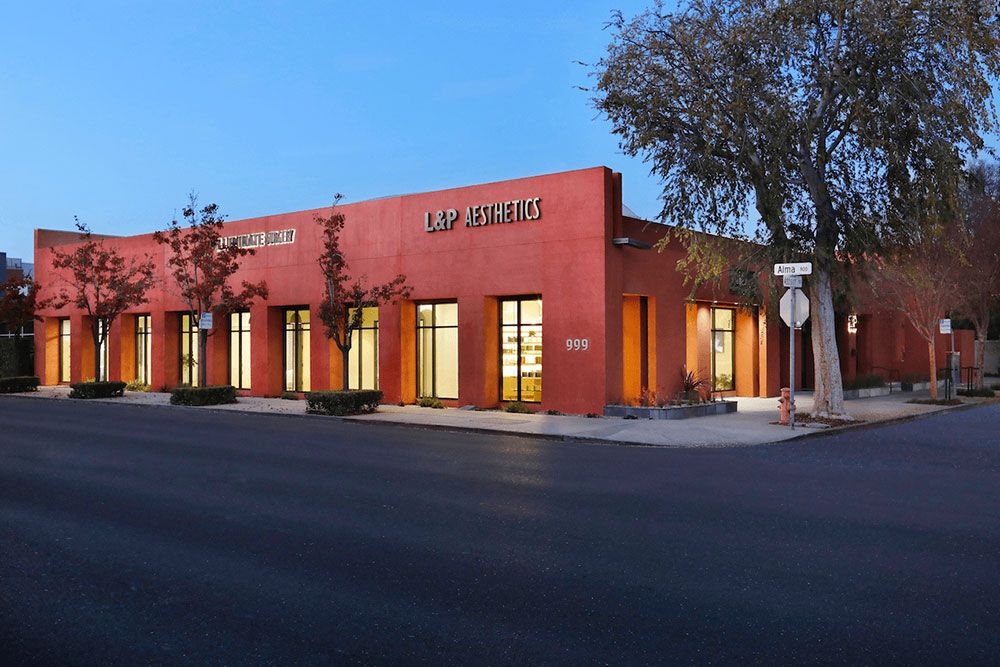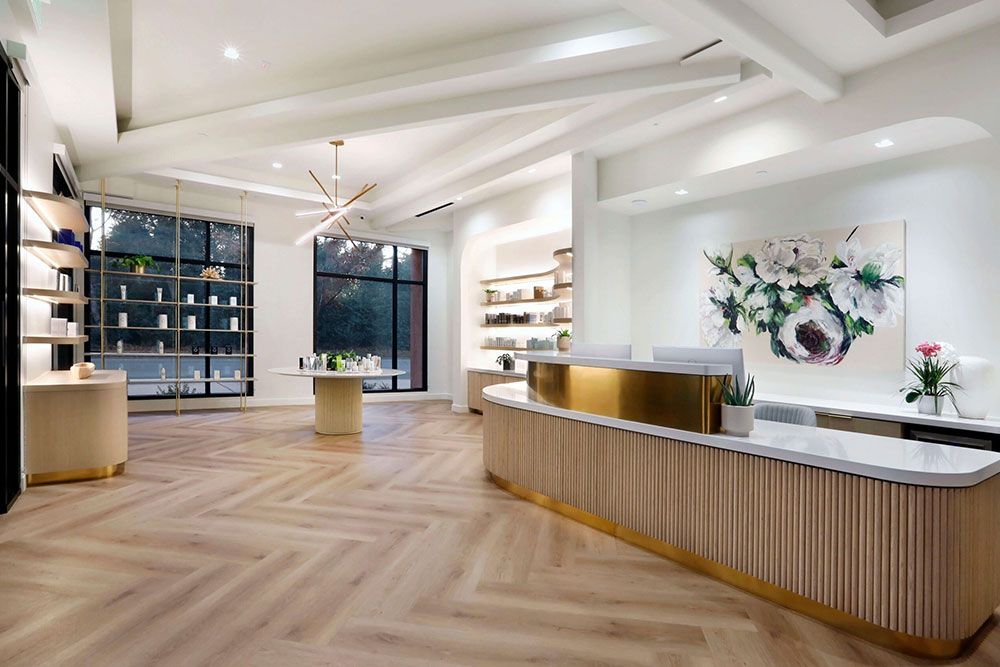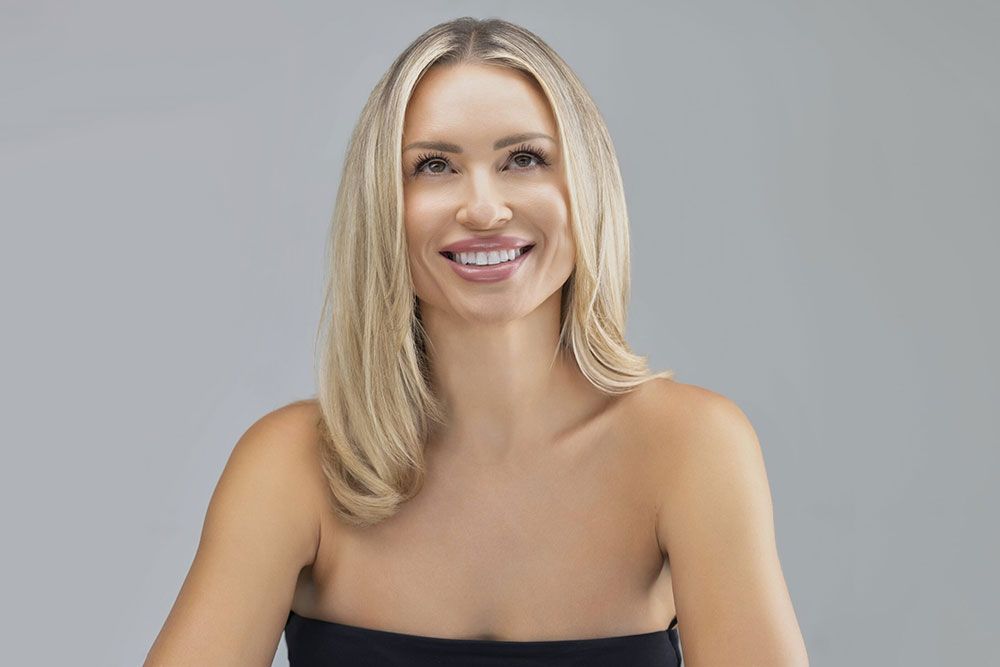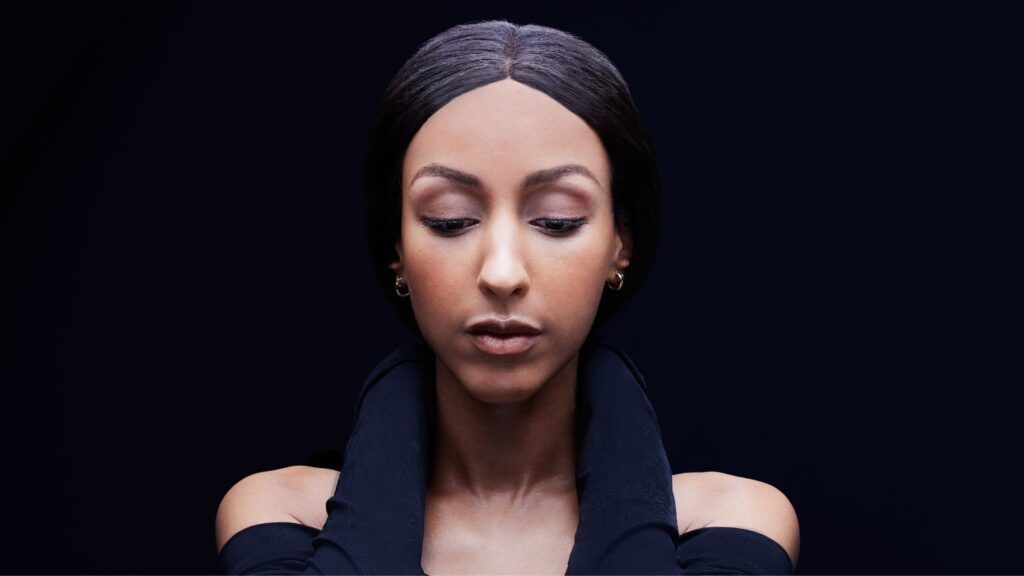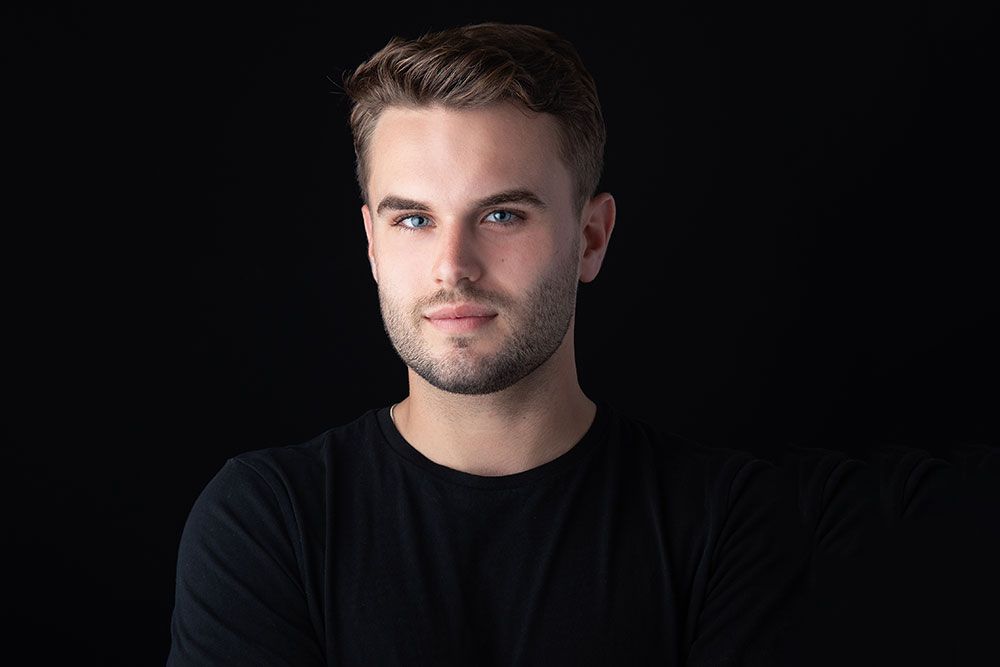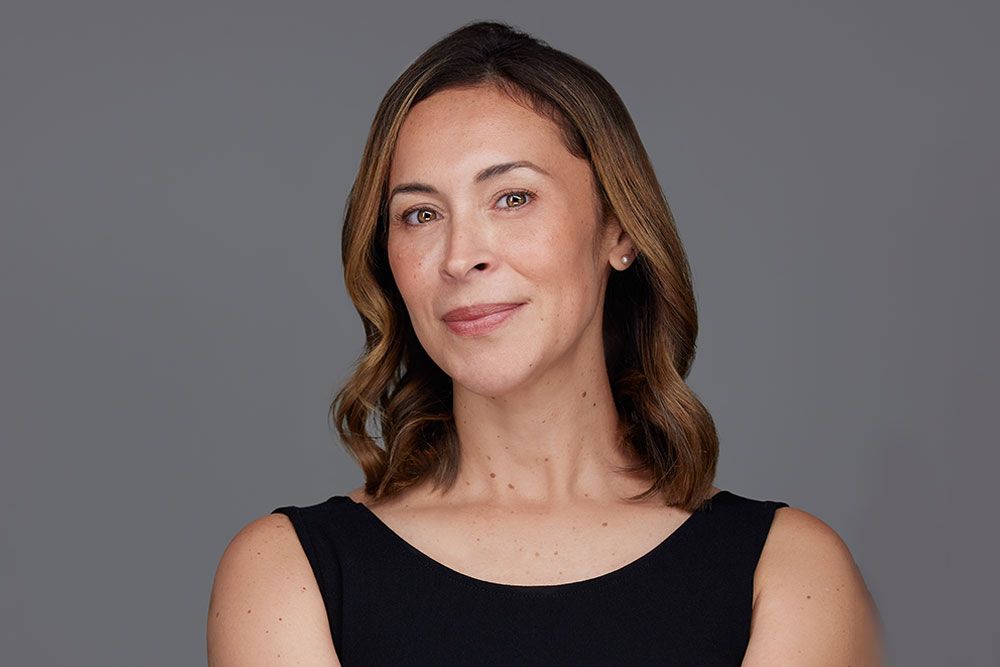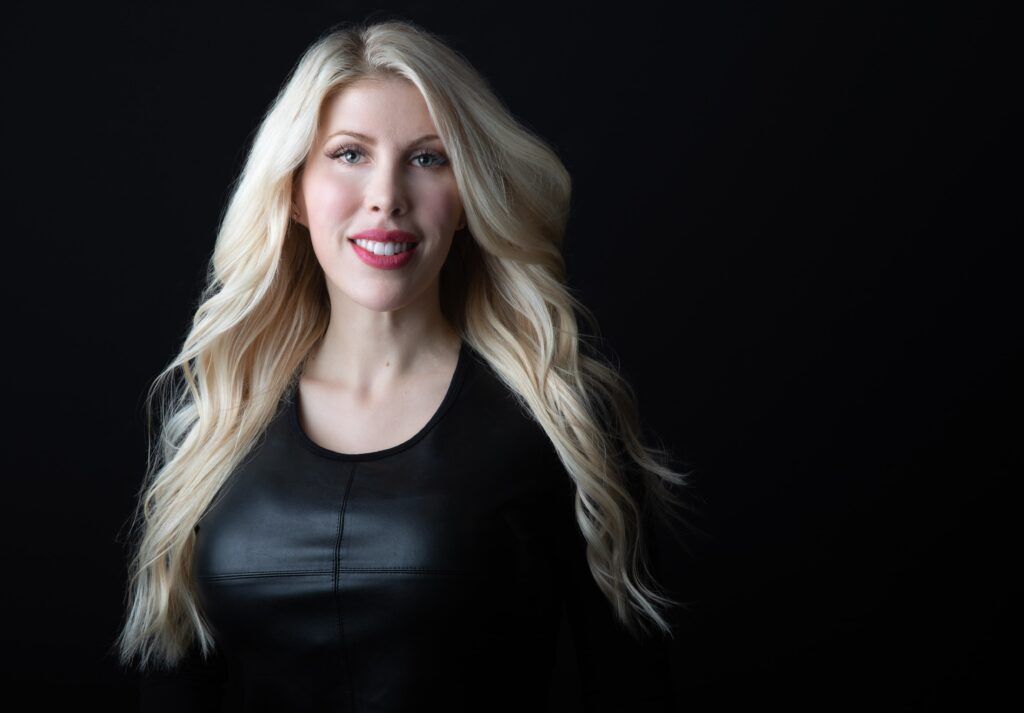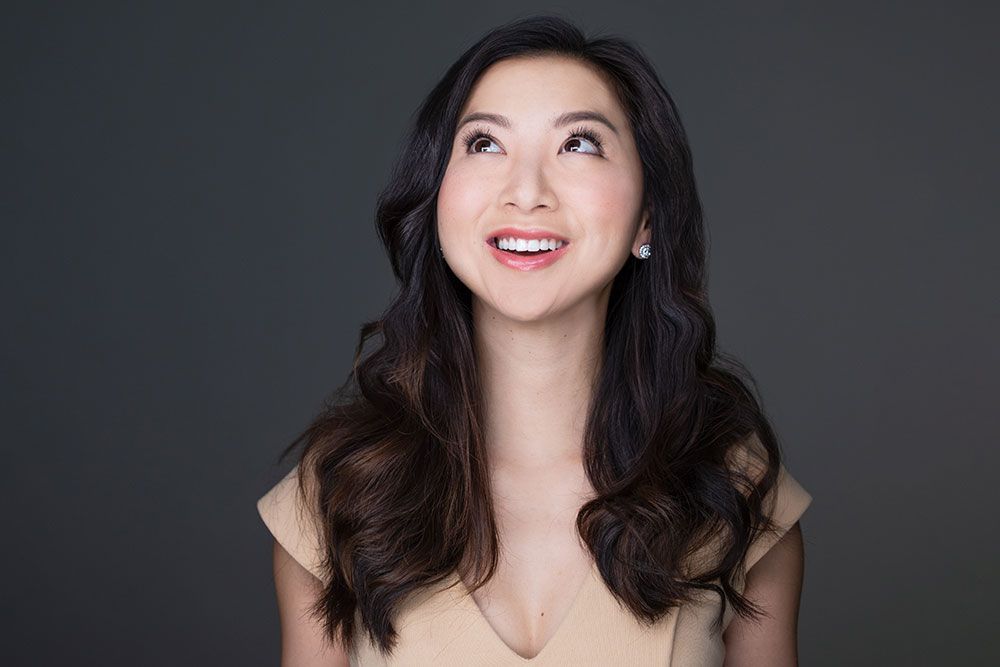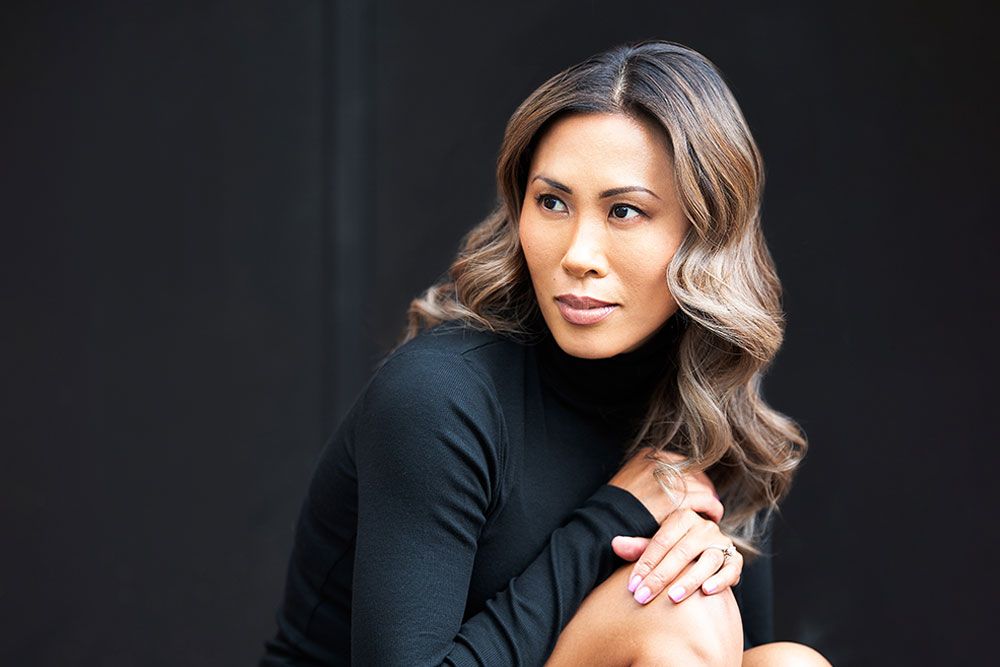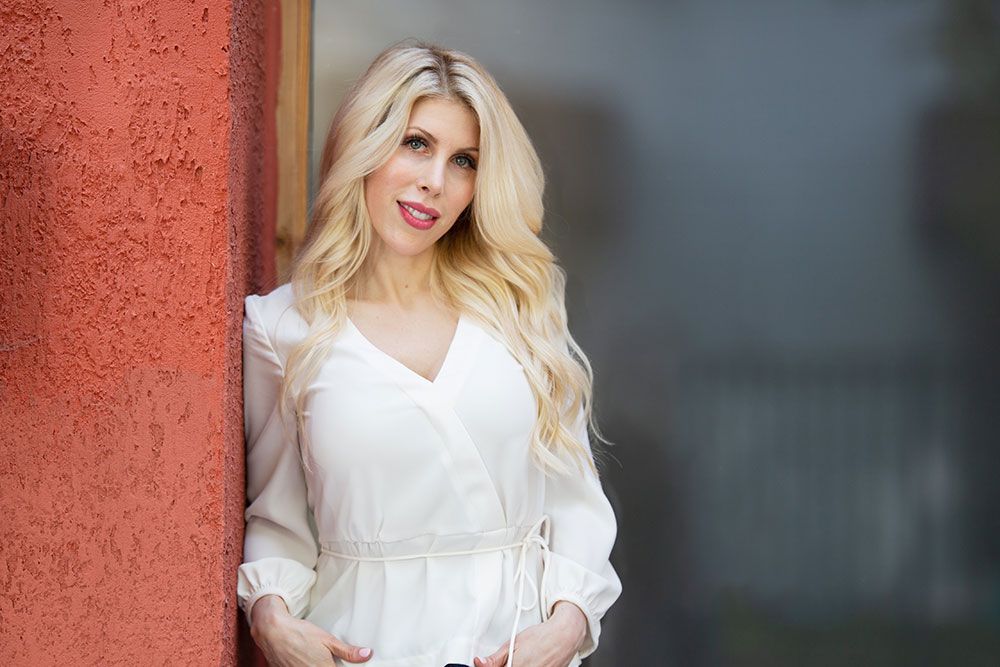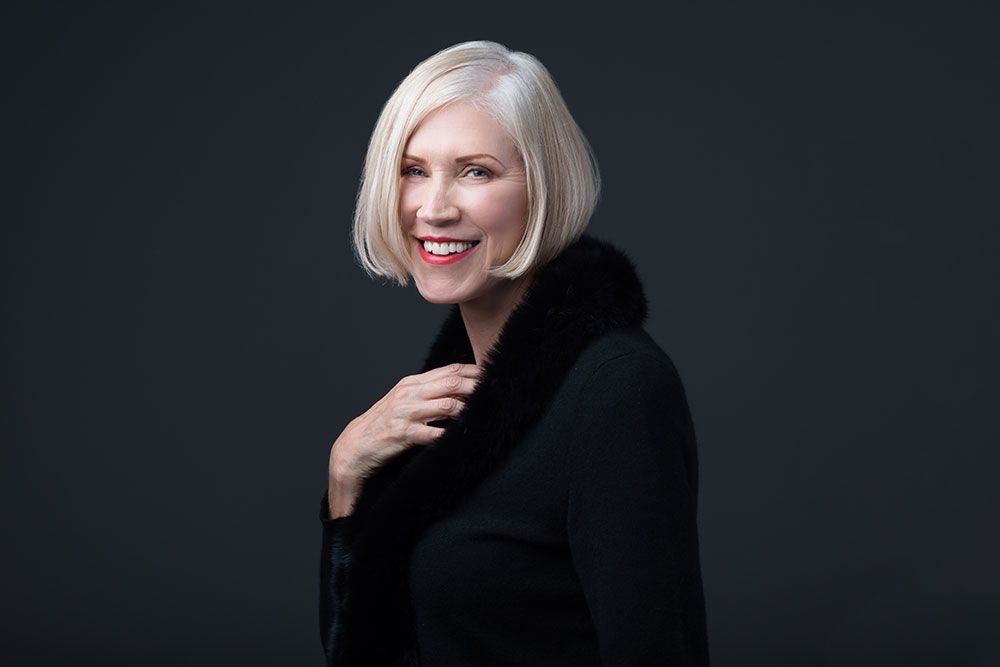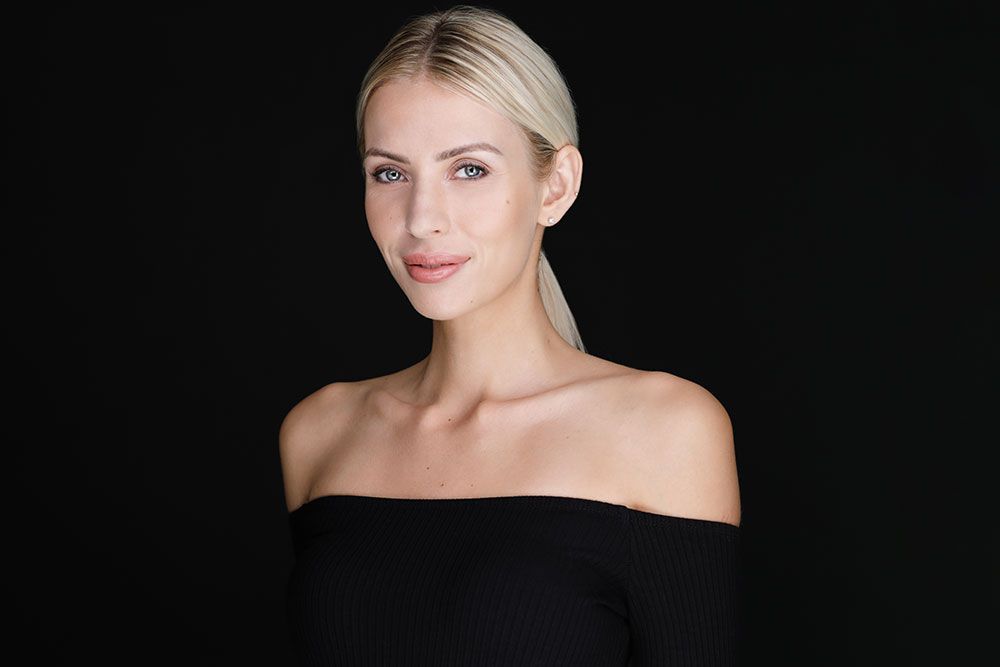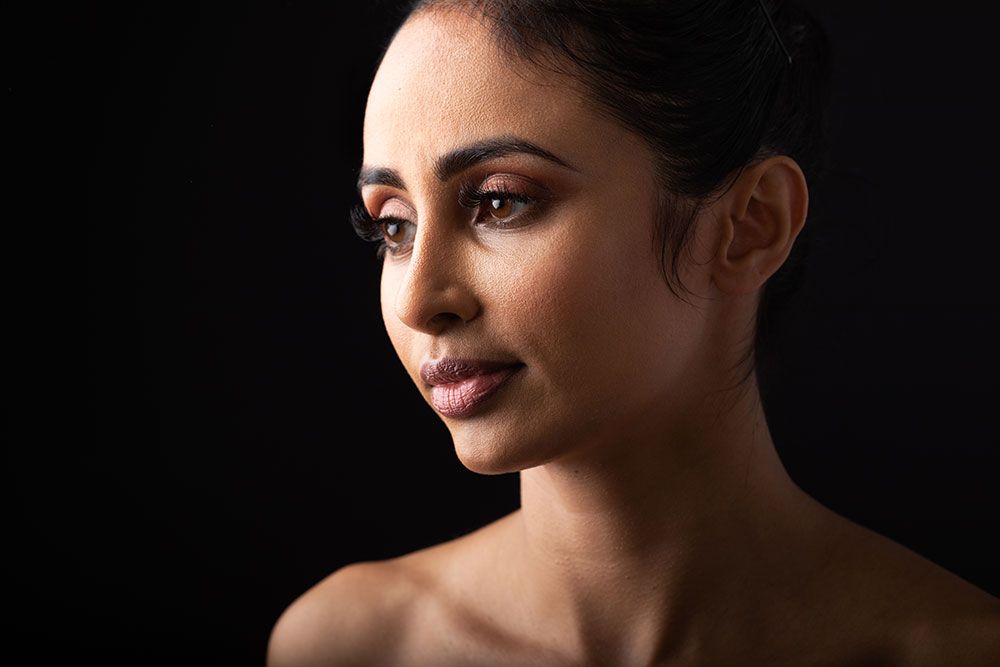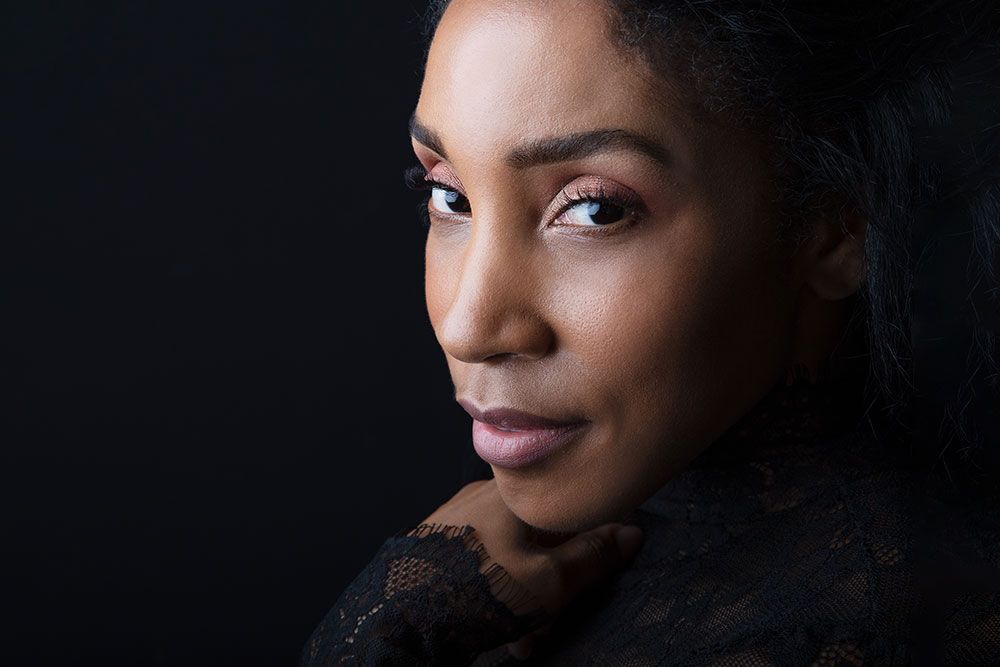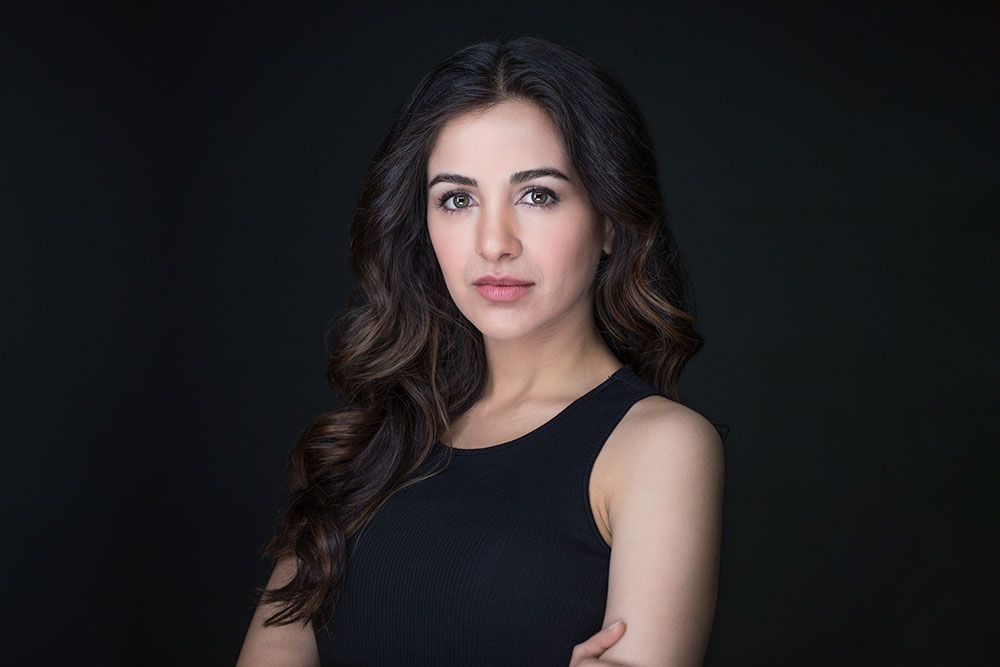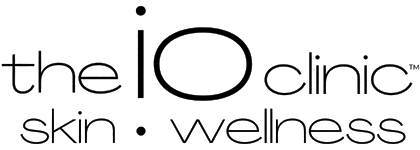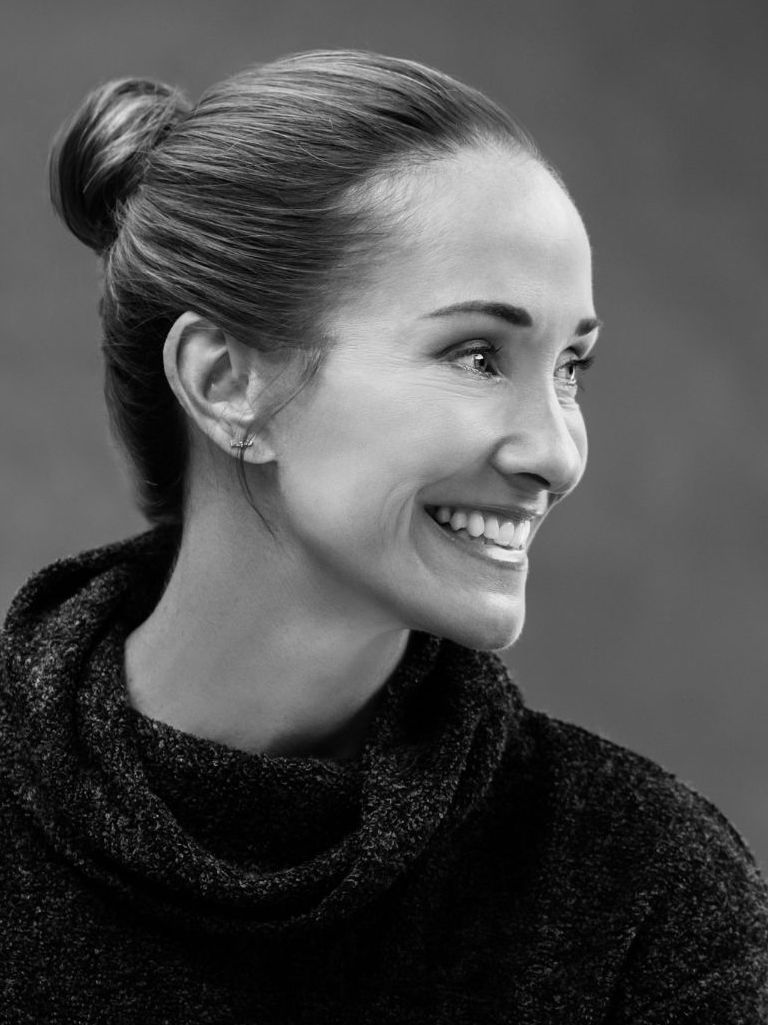
Some people seeking treatment of a soft jawline or a disproportionately bulky neck can be treated with liposuction of the neck, a chin implant, or a midline neck lift. However, most people who are troubled by the appearance of their neck are of the age that they also have jowling along the jaw, and significant drooping or loose skin in the midface. For this reason, it’s not very common that the doctors treat the neck alone.
Once the midface and jawline are showing signs of aging, Dr. Lieberman and Dr. Parikh recommend investing in their L&P Signature Facelift – an extended deep plane facelift which also includes a necklift. This ensures the face and neck look balanced and proportional, and results are dramatic and long-lasting.
The neck is a notoriously difficult area to perfect in plastic surgery! Dr. Lieberman and Dr. Parikh have dedicated thousands of hours to developing a unique approach and novel techniques to systematically treat the neck, while customizing the exact details for each patient. This really sets them apart. They are known – by patients and by their colleagues in aesthetic medicine – for reliably achieving their distinctively sharp, youthful “L&P Signature neckline.”
With this blog post, we want to share some info on how Drs. L&P address the neck, either in a midline necklift or as part of a comprehensive facelift or facial rejuvenation procedure. (You can get more information and see references to specific cases on our YouTube channel.)
Would neck liposuction be enough to give me a firmer neck and a tight jawline?
“A question or a topic that comes up is ‘I’m bothered by the fullness in my neck, and I just wanna have some liposuction done to address that.’ It’s important to understand that liposuction in the neck only addresses the layer of fat that sits in front of the muscle. It’s too dangerous to blindly liposuction fat that sits underneath the muscle…because that would be the next kind of logical step. And in order to address that layer of subcutaneous tissue (which is another word for fat). It requires, you know, opening the hatch of what’s happening underneath the platysmal muscle layer, inspecting what’s going on, evaluating where the heaviness is coming from, and then there’s usually several variables.
“Three most common variables involve debulking of that fat layer underneath the muscle, debulking of another muscle layer – they’re called digastric muscles – underneath the platysma muscle, and then debulking or removal of the submandibular gland, which is a saliva producing gland that sits underneath the platysma muscle, underneath your jaw. So it’s not as simple as just doing liposuction on all patients that can address the neckline and achieve a sharp naturally occurring neckline that’s long lasting. You might have short-term results from some superficial liposuction, things might look good for a couple of months, but what we found is that that usually fails or recurs, because that deeper heaviness hasn’t been addressed.”
Do you address everyone’s neckline in the same way? What determines what you do for each patient?
“Midline necklifting is always Individually customized to someone’s anatomy. There are some people that don’t have a lot of deep neck bulk and they just need the right type of rearrangement of the laxity in the skin and the muscle layers. But then there are some people that are going to present with lots of fullness underneath the muscle, and if you just do a standard platysmaplasty – which is sort of sewing up the muscle – they’ll be left with lots of residual fullness that’s still going to bother them. And I think if you’re not ready to individualize that approach you’re going to have a reduced satisfaction level across all your different types of patients.”
How “deep” does your work in the neck go? How do you get a firm, angular jawline and neckline in someone who comes in with a lot of fullness?
“So I think in a midline necklift, if somebody…we’re going to look at the skin level, we’re going to look under the skin at the fat there, we’re going to look at the muscle level, which sits just deep to that. And then one of the more nuanced things is to go then a little bit deeper. Underneath that superficial muscle can be excess fat, excess or droopy muscle, glands that hang too low and will always show. And a lot of times, if you don’t address some of that deeper bulk, then no matter how much you do to the platysma or the superficial muscle, no matter how much liposuction you do, you’re still going to fail on the neck. And if you are able to really address the deeper structures in the right candidate, that’s how you’re going to create sharp necklines in someone that you never thought could have a sharp neckline, because they present so full.”
“We do what’s necessary for the best result. Often, we have to go under the muscle, because that’s where the bulk is that needs to be removed or otherwise addressed.”
“The reality is that no matter how much you tighten the muscle in the neck, if underneath that muscle is lots of bulk – fat, excess muscle, big glands – they’re always going to show, and you’re always going to fail on the neck. If you want to create really sharp, beautiful necklines, you have to treat the deeper structures. Not everyone has to treat the deep structures – you don’t offer the same surgery on everyone! Some people really just need tightening up of that muscle layer. But for the most part, those deep structures need to be evaluated, they need to be contoured, and then the muscle needs to be closed in kind of a complex dynamic fashion to create the nicest lines.
“How much of those deeper structures are taken out or contoured varies from person to person. You have a heavier person that just has bigger glands, bigger tissue…sometimes I have seen Dave core out pieces that look like a peach, you know. And then on a thinner patient, but still you can still see some fullness, it’ll look smaller than that, you know…a quarter of the size. So that varies just based on what we’re seeing, to achieve that 90-degree angle. That flat, sharp neckline.”
What is your goal when you rejuvenate the neck? What are your necklifts – or facelifts that include the neck – known for?
This shadow, this right angle is something that we’ve really focused on over the last several years, trying to design vectors of tension, design how we throw sutures, how we manipulate tissue, specifically geared towards defining this lateral neckline. It’s something that I think we feel like we we’ve created a technique that differentiates the type of necklines that we create.
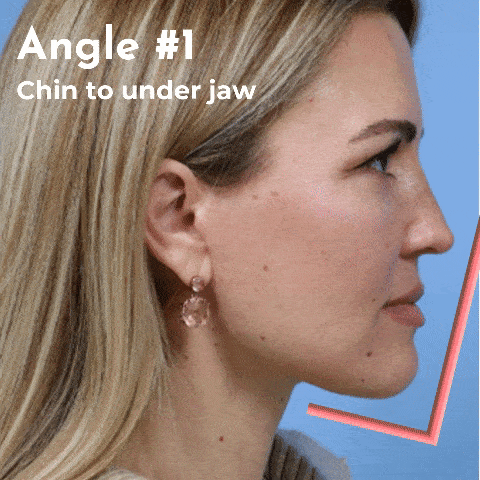
“We have consolidated some of these ideas into talks that we’ve given it at meetings. The efforts that we put in to developing our technique for a neckline – whether it be as an isolated midline necklift or in conjunction with our standard face and neck lift – I think have really set our results apart. It’s a differentiating factor for our outcomes.
“We’ve seen happy patients – very happy patients – and we obviously study our techniques, improve our techniques, sit and stare at our patients and our photographs and evolve those techniques over time. And we’re very proud of what we are offering when it comes to this particular location that Dave is describing, which is achieving this shadow and sharp neckline under the jawline and along the neck.
“We had an interesting experience where at a national meeting recently we gave a talk on our technique for lateral neck definition – which is what we’re talking about – and after that talk I had several people come up showing photographs of troublesome outcomes they were having specifically in that area. It’s a really tough area to create definition that looks natural and appropriate, and I think when talking to our fellows that come through or visiting surgeons it is something that I feel like we can offer as an educational piece because we’ve really broken it down to kind of a step by step technique that we use for every patient. Obviously it’s adapted for each individual’s anatomy and unique circumstances, but it is something we’ve thought quite a bit about and I do think it it is one of the differentiating factors of our face and neck lifts.
“We do individualize this procedure for each person based on their anatomy, based on their unique set of circumstances but it is something that is particular to our signature lift it is a technique that we have really developed and honed in on over many years and many cases.”
